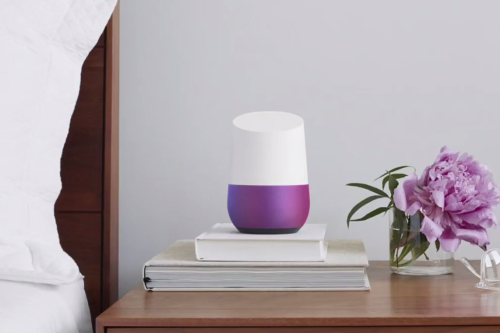
Google has enlisted the help of Google Doodle head Ryan Germick and ex-Pixar animator Emma Coats to help give Google Assistant a little more of a personality. Google Assistant is set to appear in a number of upcoming products, including Google Home and Allo, Google’s new messaging app.
So what goes in to making Google Assistant a little friendlier? Like Siri and Alexa, Assistant will be much more conversational than Google Now. Not only that, but Germick and Coats are trying to put a little humor into the system. Coats even describes working on Assistant as working on a “character,” the same way she would have over at Pixar.
Perhaps even more interesting than that is that making Assistant more personable includes giving it a “childhood,” allowing people to relate to the artificial being as if it had a life. The team is also reportedly experimenting with building trust between the user and the Assistant by making the latter seem vulnerable every now and then — like it sometimes needs your help rather than the other way around.
Of course, Google doesn’t want to just build another Siri. The team behind Assistant wants to make it a little more casual, and more like a companion. What that means is that some of the answers programmed into it are purely fun, rather than always aimed at offering information.
“There have been studies that show that it doesn’t necessarily matter if you instantly click with someone. One thing we do is to make the character as entertaining as we possibly can, so that you want to spend time with it.” said Coats in an interview with Fast Company.
Google Assistant is certainly shaping up to be an interesting addition to the digital assistants already out there. Perhaps Google’s fascination with making it a character will prompt it to give it a name.
Editors' Recommendations
- Google just announced 7 big Android updates. Here’s what’s new
- Google is making it easier for you to find and download Android apps
- How to use the Google Home app on a computer
- Google Assistant loses 17 features as the company lays off employees
- Google is expanding Fast Pair, casting to more devices